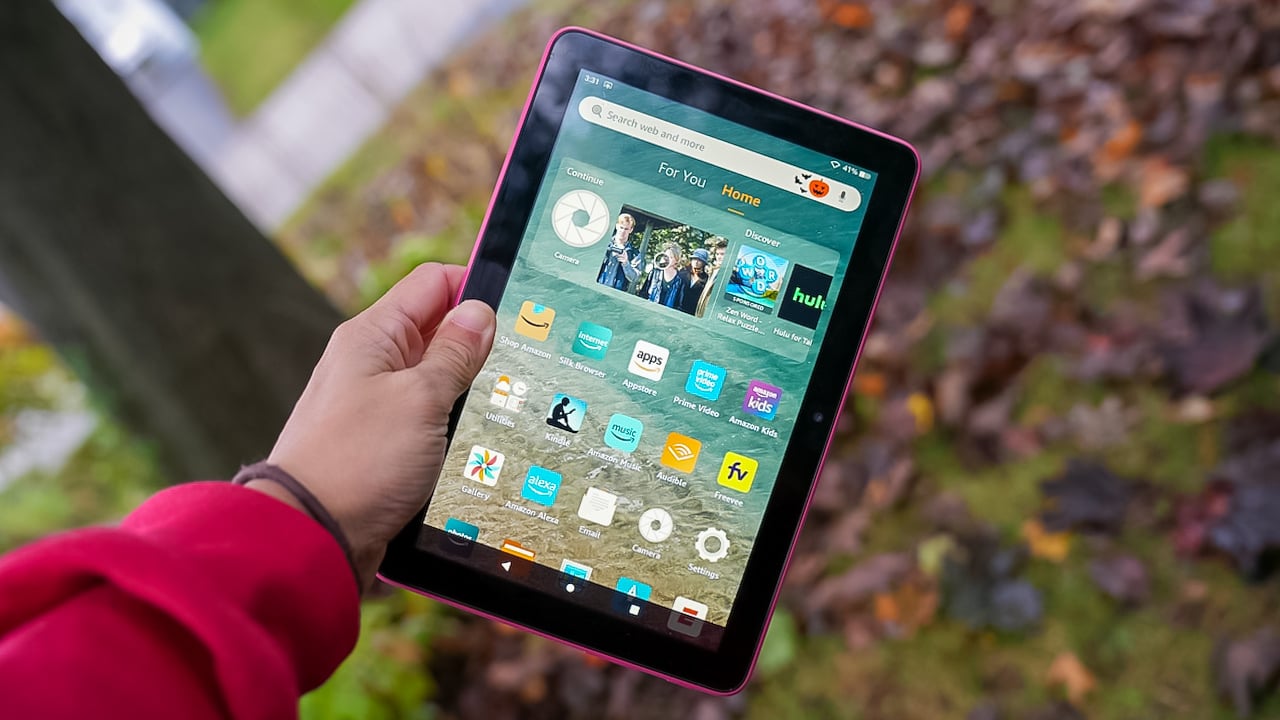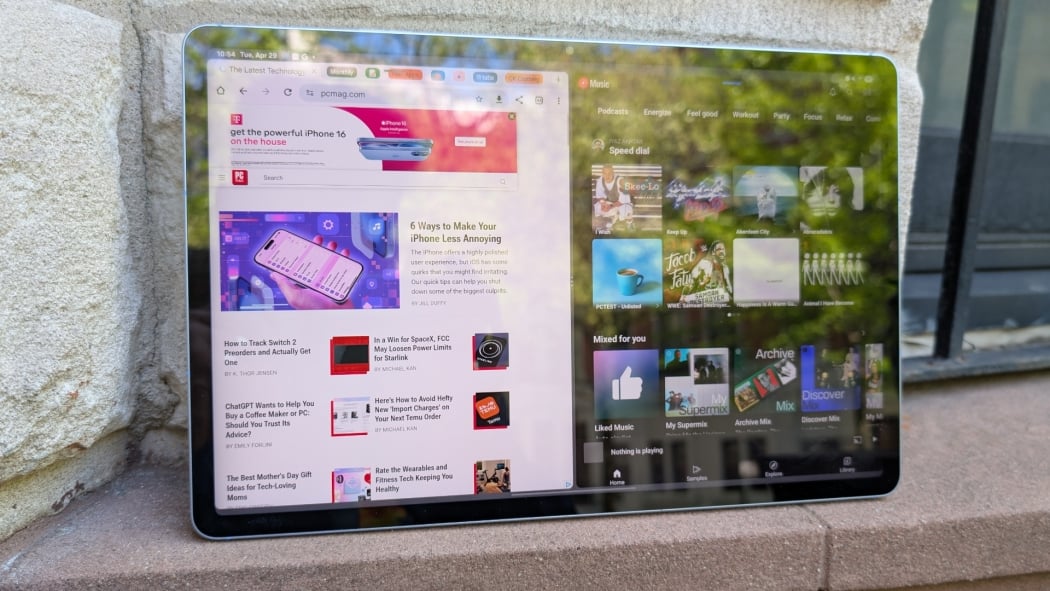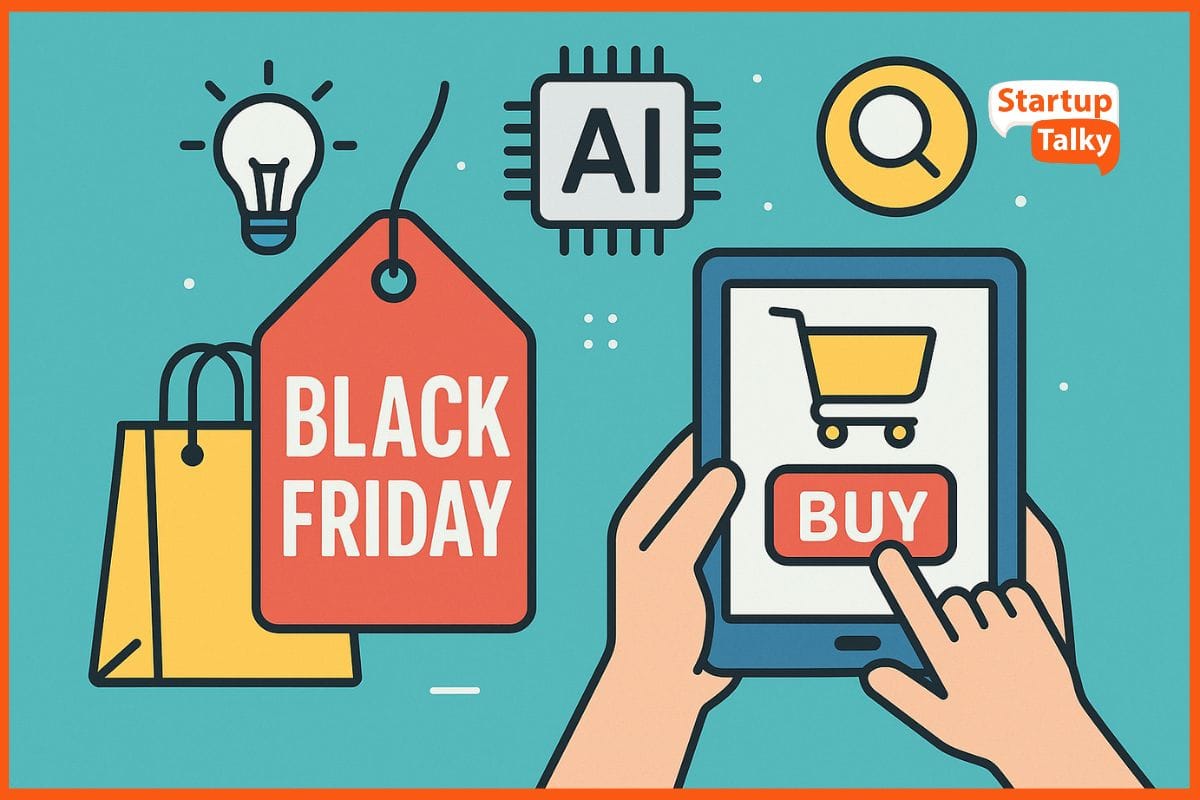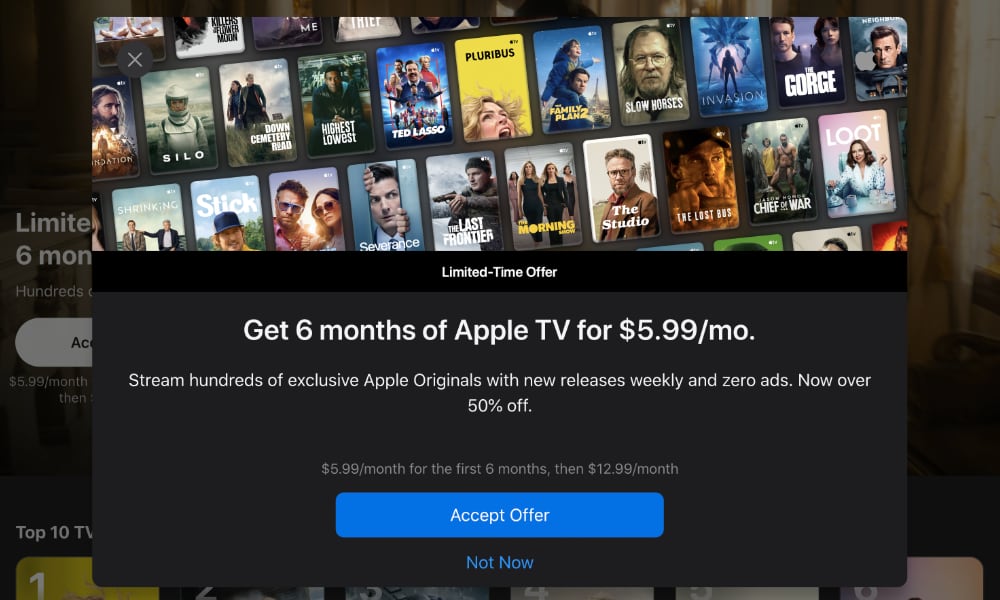### Black Friday and Cyber Monday App Discounts: An In-Depth Overview
As is customary, numerous indie (and larger) app developers utilize Black Friday and Cyber Monday to provide substantial and infrequent discounts on their applications. Here’s a compilation of exceptional deals you shouldn’t overlook.
#### PCalc and Dice by PCalc
James Thomson’s renowned scientific calculator PCalc is now 50% off until the end of Monday, December 1st, along with his other well-known app, Dice, which features physics-based simulations of polyhedral dice.
#### Things 3
This acclaimed task management tool is having a unique Black Friday promotion. Things is accessible on Mac, iPhone, Apple Watch, iPad, and Vision Pro, all available at a 30% discount until Friday, December 1st.
#### Adobe Creative Cloud Pro
Enjoy 50% off Photoshop, Illustrator, Premiere, and more through a subscription that includes the Adobe Firefly suite of generative AI tools. The offer concludes today, so make sure to take advantage.
#### Gentler Streak and The Outsiders
Gentler Stories’ motivating exercise tracking application is 40% off on the Yearly Plan (Family Sharing included) through Monday, December 1st. Likewise, The Outsiders, their latest app designed for high-performance athletes, is also 40% off on the Yearly Plan.
#### SongCapsule
Referred to as “your personal DJ,” SongCapsule assists you in rediscovering forgotten gems from your music library and is available at 50% off until Monday, December 1st.
#### SongCapsule Quiz
This engaging music trivia game evaluates your music knowledge based on any Apple Music playlist. You have the option to create your own playlists to challenge friends, with a lifetime Deluxe subscription offered at 50% off until Monday, December 1st.
#### MacWhisper
Jordi Bruin’s impressive AI transcription tool is available for 25% off for the MacWhisper Pro license, prior to a price increase next year. MacWhisper is powerful and essential for transcription tasks.
#### BundleHunt
Don’t overlook this year’s BundleHunt Black Friday deal, featuring popular apps like iStat Menus at up to 90% off.
#### Darkroom
This award-winning photo and video editing app is providing 50% off for the first year of Darkroom+, and 25% off for the Darkroom+ Forever membership. The promotion lasts until Wednesday, December 3rd.
#### Textsniper
TextSniper, which enhances macOS’s built-in optical character recognition capabilities with advanced features, is 75% off through Monday, December 1st.
#### Bartender
Bartender 6 allows you to tailor which items you wish to display, conceal, or permanently omit from the menu bar. It is available for 20% off this Black Friday using the code: BLACKFRIDAY2025.
#### CardPointers
CardPointers assists you in optimizing credit card rewards for daily expenditures. You can benefit from a 50% discount this Black Friday on their annual or lifetime subscriptions.
#### CardioBot
This app delivers comprehensive analysis of heart data collected by your Apple Watch. Utilize code CARDIOBOT15 to acquire the annual plan for 50% off through December 8th.
#### Dark Noise
This noise generator application offers customization of frequencies and sound effects to create the ideal ambient noise. Dark Noise Pro is discounted by 50% until Monday, December 1st.
#### Lumafusion
This professional video editing platform is offering a 33% discount until Monday, December 1st. Current users can enjoy a $20 reduction for a 1-year subscription to the Creator Pass.
#### What about games?
Gamers should check 9to5Toys’ compilation of over 30 price reductions for popular titles, featuring Grim Fandango Remastered and Hitman GO.
#### Want even more?
Don’t miss this year’s Indie Apps Sales list, showcasing over 800 iOS, iPadOS, visionOS, macOS, watchOS, Android, and Windows applications with exclusive Black Friday and Cyber Monday discounts.
### Excellent Black Friday 2025 Offers
Discover these amazing deals and expand your app repertoire while achieving considerable savings this holiday season.
Read More








